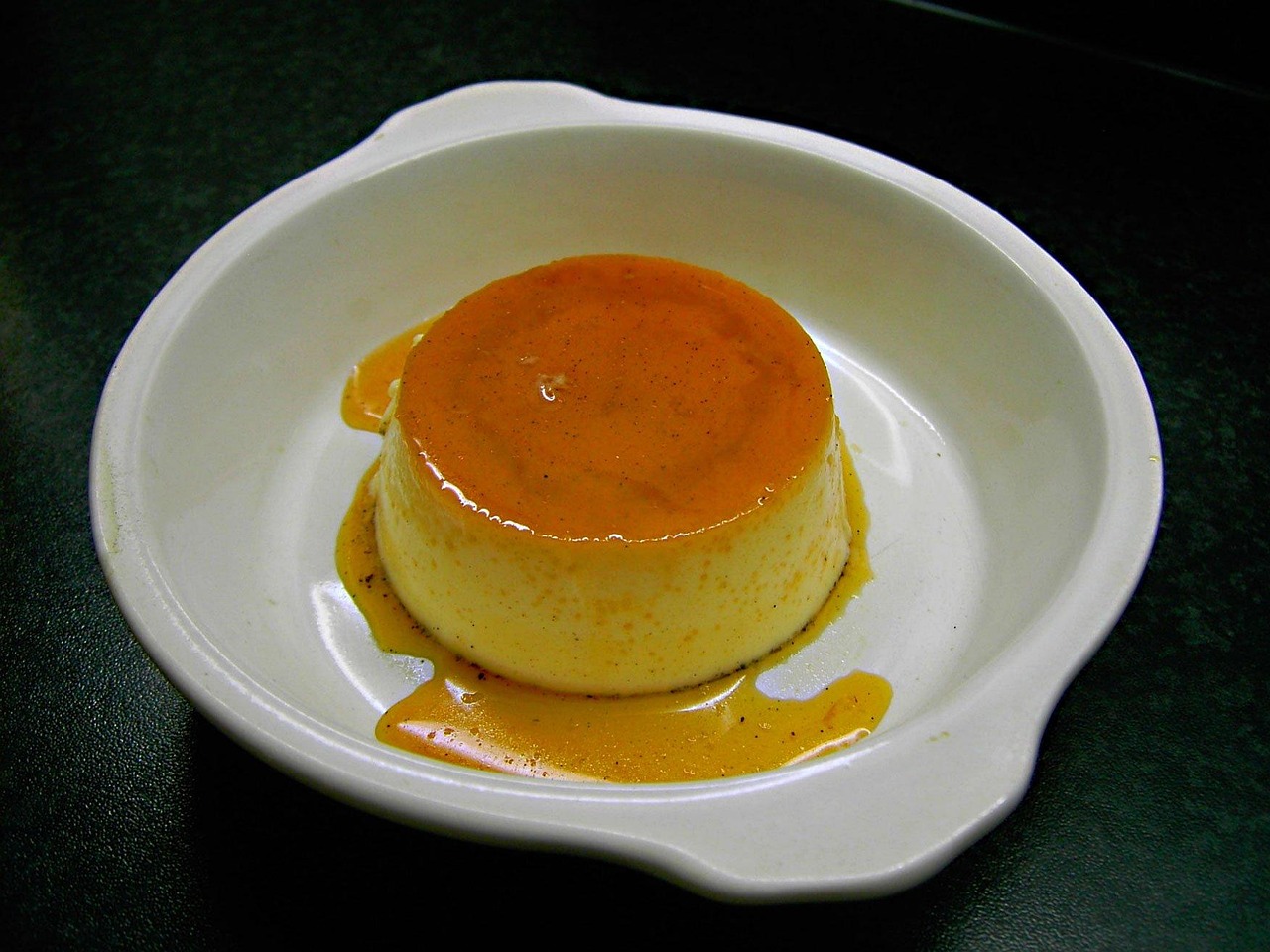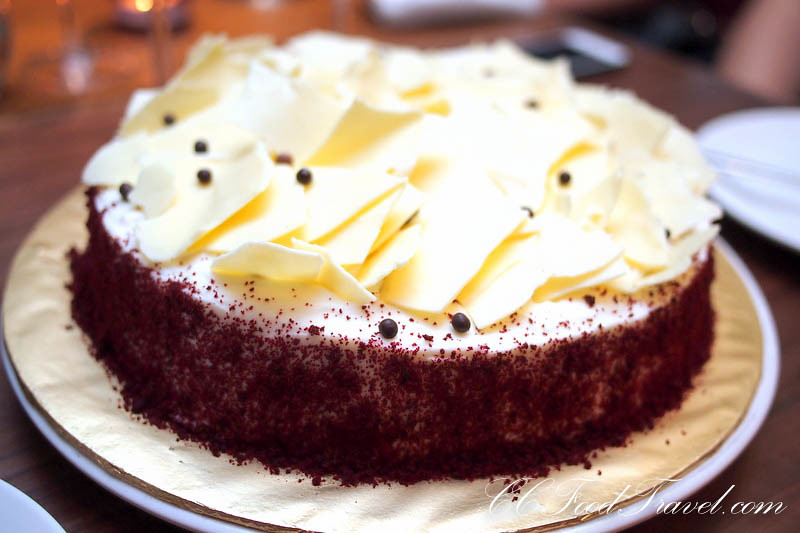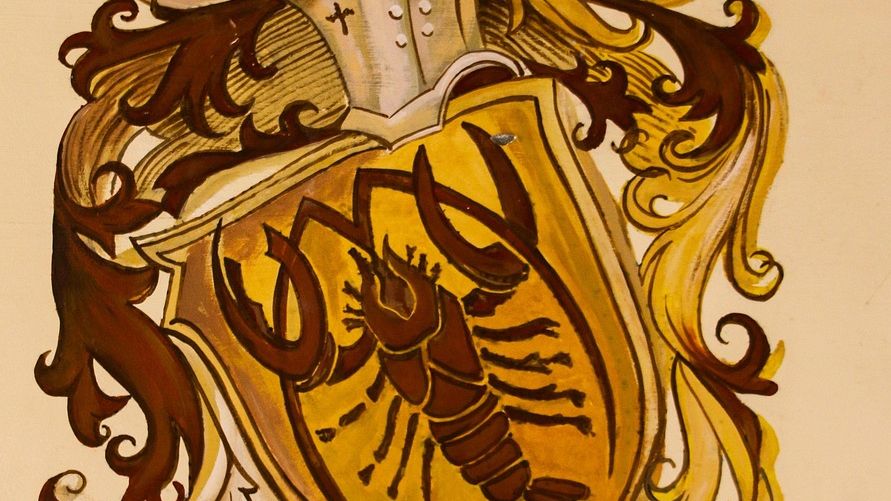Baked Alaska – The Theatrical Masterpiece That Became Too Much Work

Baked Alaska, this retro dish consisting of ice cream and a layer of cake wrapped in meringue and then lit on fire, is definitely one you want to experience at least once in your life. Yet finding it on modern restaurant menus has become nearly impossible, and there are very practical reasons why this once-glamorous dessert quietly vanished. Simply put, Baked Alaskas are a lot of work, and restaurants and diners alike don’t really want to bother with them anymore. The dessert requires precise timing and technique – ice cream must stay cold while meringue gets torched tableside, demanding both kitchen coordination and skilled serving staff. One of the reasons it’s not on more menus is that it’s complicated to make, with numerous components that all must be made individually. What really sealed its fate was changing diner preferences. Baked Alaska was a victim of changing trends among customers too – in the mid-20th century, ice cream pies were all the rage, and Baked Alaska rode that wave for a while. But as diners began to prefer cakes – denser and less cloyingly frou-frou – the Baked Alaska fell out of fashion. Even pastry chefs who once taught at prestigious culinary schools note its rarity. Even in the Lower 48, baked Alaskas are a rare find. “Outside of a cruise ship environment, I’ve never seen one on a restaurant menu,” Fausz said.
Banana Pudding – The Southern Belle Left Behind

A sweet Southern classic, banana pudding used to be so popular that the recipe came on every box of Nilla Wafers. Made with pudding, Nilla Wafers, whipped topping, and bananas, this sweet trifle-like dessert is soul-satisfying. This humble dessert once graced tables across America, but its mainstream restaurant presence has dramatically declined. The dessert’s popularity peaked in the seventies and eighties, but its decline came with a simple change in marketing. Sadly, the Nilla Wafers box no longer features the recipe, in spite of the fact that the cookies are still an essential ingredient in banana pudding. You still can find this classic dessert in the South, but without its presence on a box of popular cookies, it’s now a vintage recipe that you’re unlikely to find anywhere else in the country. Interestingly, while traditional banana pudding disappeared, restaurants have experimented with variations. The Banana Pudding Milkshake and Banana Frosted Coffee were available nationwide from August 26 through November 16, 2024. This shows there’s still consumer interest, but in more convenient, modern formats rather than the traditional labor-intensive dessert. Restaurant industry research confirms that nearly three-in-five (57%) consumers are interested in nostalgic desserts (with flavors like s’mores, cookie dough, birthday cake, or banana pudding), yet most establishments haven’t capitalized on this demand.
Chiffon Pie – The Airy Delight That Lost Its Lightness Appeal

Chiffon pie once represented the pinnacle of dessert elegance, with its cloud-like texture and delicate presentation. Often lemon-flavored, though also sometimes prepared in other variations such as pumpkin and orange, chiffon pie is made with whipped egg whites, which are folded into a sweet curd containing gelatin. The filling is then gently spooned into a crispy pie shell made from graham crackers and topped with whipped cream. This dessert required skill and patience to achieve the perfect airy consistency. The technique behind chiffon pie made it a restaurant showpiece in its heyday. This recipe was once so popular that Strause reportedly traveled extensively each year to pass on his pie-making technique to professionals in hotels and restaurants. The dedication to teaching this specific dessert preparation speaks to its once-widespread appeal in the foodservice industry. However, changing tastes ultimately pushed chiffon pie aside. Consider the airy chiffon pie, which fell out of favor compared to richer desserts, as modern diners began gravitating toward more decadent options. The restaurant industry’s shift toward simpler, more profitable desserts also worked against labor-intensive preparations like chiffon pie. Current dessert trends favor desserts that require little prep, like cookies, cupcakes, cobbler, and ice cream, are popular with consumers and have high-profit margins, making the elaborate chiffon pie economically unattractive for most establishments.
Divinity Candy – The Christmas Classic That Demanded Too Much Skill

During Christmases past when people headed into the kitchen to make all sorts of cookies and candies for the holiday, you couldn’t open a tin of Christmas goodies without spotting some pristine white mounds or squares of homemade candy, usually studded with pecans or cherries. Super white, slightly sticky, and incredibly sweet, divinity is like a little piece of Heaven that tastes like super-chewy marshmallows. This candy was once a staple of American holiday celebrations and restaurant dessert offerings. It’s another Southern classic that was wildly popular across the country for a few decades. Much like many desserts, divinity’s origins are murky. It’s American – but it may be Turkish. Despite its unclear heritage, divinity became deeply embedded in American dessert culture, particularly during the mid-twentieth century when elaborate homemade sweets were common restaurant offerings. The technical challenges of making divinity ultimately led to its disappearance from most professional kitchens. If you’ve never had it and want to try your hand, it takes about 45 minutes and some candy-making know-how that involves boiling sugar and corn syrup to a very high temperature, and the challenge of making it may be why it has disappeared in the past few decades. Modern restaurant operations prioritize consistency and efficiency, making temperature-sensitive candy preparations like divinity impractical for most establishments.
The Economics Behind the Disappearance

The decline of these classic desserts isn’t just about changing tastes – it’s fundamentally about economics and operational efficiency. In the restaurant industry, 60% of operators offer desserts as a regular part of their menus. The best desserts that require little prep, like cookies, cupcakes, cobbler, and ice cream, are popular with consumers and have high-profit margins. This shift toward simplicity has fundamentally changed what appears on dessert menus. Restaurant operations have become increasingly streamlined, focusing on items that can be prepared quickly and consistently. Recipes can lose popularity over time due to a range of factors, including changing tastes, lifestyles, and economic contexts. For instance, some dishes born out of scarcity, like the ration cake, lost their appeal once ingredients like milk, eggs, and butter became easily accessible again. The labor-intensive nature of these classic desserts simply doesn’t align with modern restaurant economics, where speed and efficiency often trump elaborate presentation. What we’ve witnessed isn’t just the natural evolution of culinary trends, but a fundamental shift in how restaurants approach dessert service, prioritizing practicality over spectacle. What would you guess were your grandparents’ favorite restaurant desserts? The answer might surprise you with how different dining out used to be.




